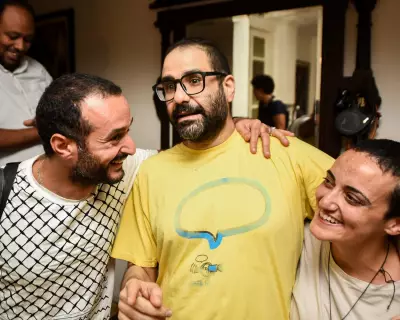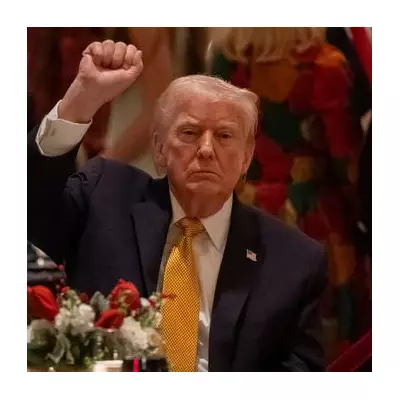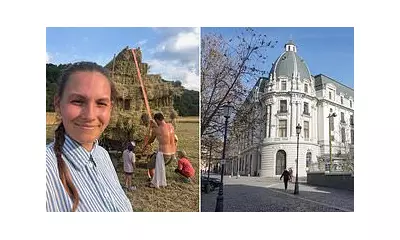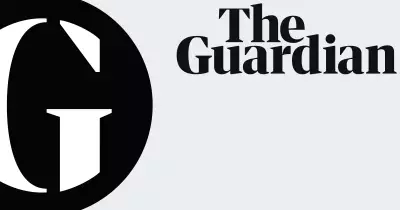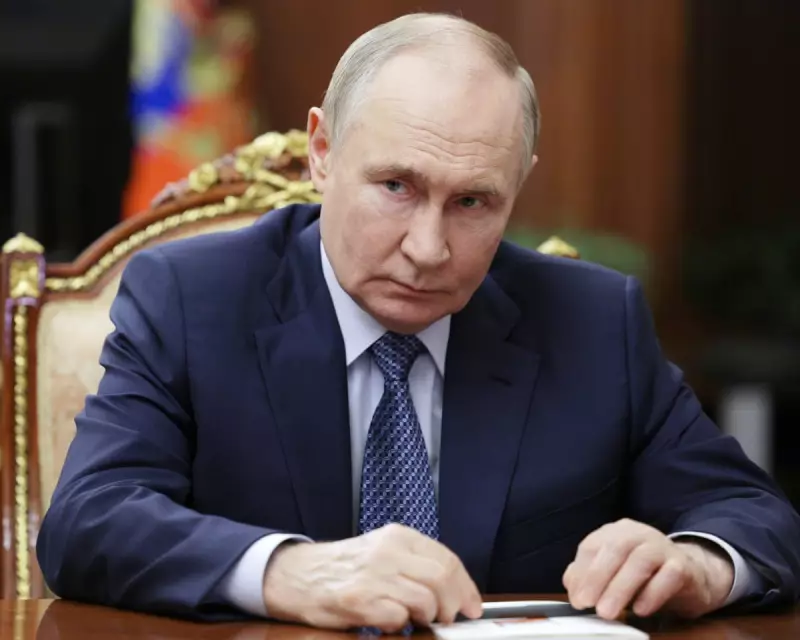
Vladimir Putin’s regime has long relied on a carefully crafted image of strength and control, projecting an aura of invincibility to both domestic and international audiences. Yet beneath this facade lies a reality of strategic miscalculations and systemic weaknesses that threaten Russia’s long-term stability.
The Illusion of Strength
Putin’s propaganda machine has masterfully constructed a narrative of Russian resilience, portraying the president as an unyielding leader standing firm against Western hostility. However, this portrayal often obscures the Kremlin’s growing isolation and economic fragility.
Economic Vulnerabilities
Sanctions, dwindling energy revenues, and a stagnating economy have exposed the limits of Russia’s resource-dependent model. While state media touts self-sufficiency, the reality is a nation struggling to maintain its global influence amid financial strain.
Geopolitical Overreach
From Ukraine to Syria, Putin’s aggressive foreign policy has stretched Russia’s military and diplomatic resources thin. The costly occupation of Ukrainian territories and strained alliances with partners like China highlight the risks of overextension.
The Domestic Front
At home, Putin’s grip on power appears unshakable—yet cracks are emerging. Discontent over conscription, economic hardship, and political repression simmers beneath the surface, challenging the regime’s monolithic image.
The Propaganda Trap
By doubling down on nationalist rhetoric, the Kremlin risks boxing itself into unsustainable positions. The more it amplifies the strongman myth, the harder it becomes to pivot when reality demands compromise.
Ultimately, Putin’s propaganda may be his greatest weakness—a self-constructed cage that limits strategic flexibility while the world moves on without Russia.


